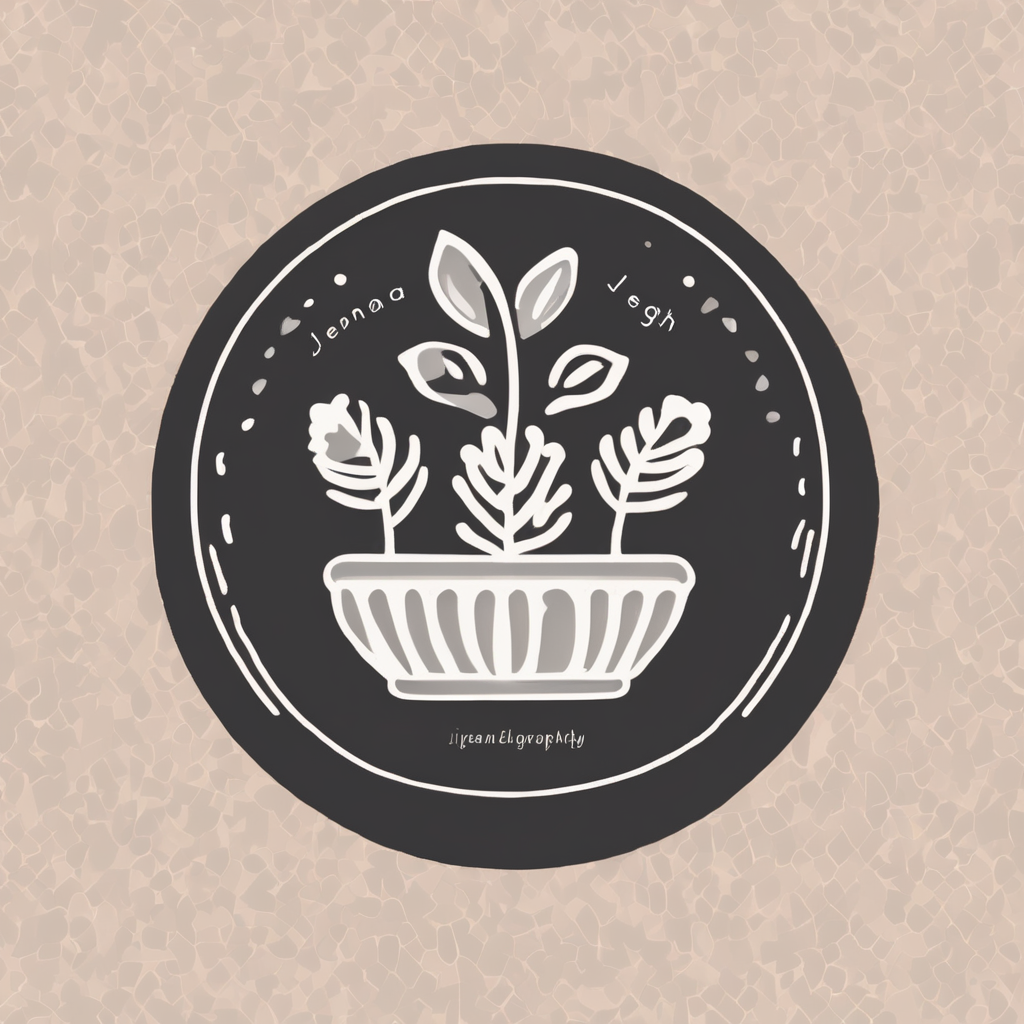In the world of fashion and interior design, the art of mixing and matching prints is an essential skill that can transform an ordinary outfit or room into a vibrant masterpiece. Whether you’re a fashion-forward individual seeking to create a standout look, or a homeowner aiming to bring a lively atmosphere to your space, understanding the nuances of combining different patterns is crucial. Today, we delve into practical tips and insights that will guide you through this exciting and creative journey. Prepare to explore the vibrant world of floral, stripes, and polka dots, as we uncover the secrets to achieving harmony in the eclectic chaos.
Understanding the Basics of Pattern Pairing
Before diving into the specifics of color and shape, it’s essential to grasp the foundational concepts of pattern mixing. At its core, blending prints involves balancing visual weight and ensuring that different elements complement each other rather than clash.
Also to read : How do I choose the right accessories to elevate my outfit?
Balance and Proportion
A vital principle in mixing patterns is balance. Consider the scale of the prints you’re working with. Large, bold designs can dominate a room or outfit, so pair them with smaller, subtler ones to create equilibrium. Floral and stripes can work beautifully together when their scales are thoughtfully balanced.
Visual Harmony
Visual harmony in pattern mixing can be achieved by selecting designs that share a common theme or color palette. While black and white form a classic duo, introducing a third color like red or blue can add depth and interest without overwhelming the senses. Strive for an aesthetic that feels seamless, not forced.
Have you seen this : What are the must-have items for a capsule wardrobe this season?
Dominant and Accent Patterns
Every pattern combination should have a dominant design that captures attention, supported by accent prints that enhance the overall look. For instance, a bold floral print can be the focal point of an outfit, while polka dots serve as charming accents that bring the look to life. Understanding these roles is crucial for creating visual cohesion.
Color Coordination in Pattern Mixing
Color plays a pivotal role in the art of mixing patterns. It’s the thread that weaves different elements together, creating an aesthetically pleasing tapestry that’s both striking and cohesive.
Monochromatic Schemes
For those new to pattern mixing, starting with a monochromatic scheme can be a safe yet stylish choice. By using various shades of a single color, you can explore textures and prints without risking visual overload. Imagine a room where black and gray geometric designs are paired with white stripes and polka dots—a modern, sophisticated look emerges.
Complimentary Colors
Once you feel comfortable with monochromes, explore complementary colors. These are shades that lie opposite each other on the color wheel, like blue and orange or purple and yellow. When combined in patterns, they create vibrant visuals full of energy. To avoid clashing, use one color more dominantly and the other sparingly as an accent.
Neutral Anchors
Incorporating neutral tones, such as beige, gray, or white, can serve as the perfect backdrop for louder prints. These colors anchor your design, providing a calming counterbalance to more intense hues. In fashion, a neutral outfit can provide the ideal canvas for a statement scarf or jacket featuring an intricate pattern.
Exploring Versatile Pattern Combinations
Diving deeper into pattern mixing, certain combinations have stood the test of time for their versatility and allure. Whether you’re sprucing up your wardrobe or enhancing your home decor, these classic pairings are worth incorporating.
Stripes and Florals
A perennial favorite in both interior and fashion design, stripes and florals offer an effortless harmony. The linear nature of stripes provides structure, while floral motifs introduce softness and fluidity. For a bold statement, pair a striped rug with a floral sofa, or a striped shirt with a floral blazer.
Polka Dots and Geometrics
Mixing polka dots with geometric patterns creates a playful yet sophisticated look. These prints contrast in style yet complement each other when their colors are in sync. In a room setting, a dotted cushion can add whimsy to a geometric print bedspread.
Animal Prints and Solids
Animal prints like leopard or zebra are inherently bold. Pairing them with solid colors can prevent the look from becoming overwhelming. In fashion, a leopard print skirt paired with a black blouse creates an effortlessly chic ensemble. In decor, a zebra-printed chair can be the statement piece against a neutral backdrop.
Practical Tips for Mixing Prints Confidently
Now that we’ve explored foundational concepts, color coordination, and versatile combinations, it’s time to dive into practical tips that will empower you to mix prints with confidence.
Start Small
If you’re new to pattern mixing, ease into it by incorporating smaller accessories or decor items. A printed tie or a patterned throw pillow can be a great starting point to test your eye for combination.
Experiment and Adjust
Don’t be afraid to experiment. Mixing patterns is an art that improves with practice. Try different combinations, take photos, and assess what works and what doesn’t. Over time, you’ll develop an intuitive sense for what combinations create harmony.
Mix Textures
Incorporate different textures alongside your patterns to add dimension and depth. A room with a plush floral rug and a sleek striped leather chair offers a tactile experience that enhances visual appeal.
Trust Your Instincts
Ultimately, the best pattern combinations are those that resonate personally. Trust your instincts and let your unique taste guide you. When you feel a combination is right, it’s likely that others will perceive its beauty too.
Mixing and matching prints is a delightful way to express creativity and personality in both fashion and interior design. By understanding the basics of balance, color coordination, and versatile combinations, you can confidently navigate the world of patterns. Remember to start small, experiment, and trust your instincts as you explore this vibrant realm. With these tips in mind, you’re well-equipped to transform any outfit or space into a cohesive and captivating masterpiece.











